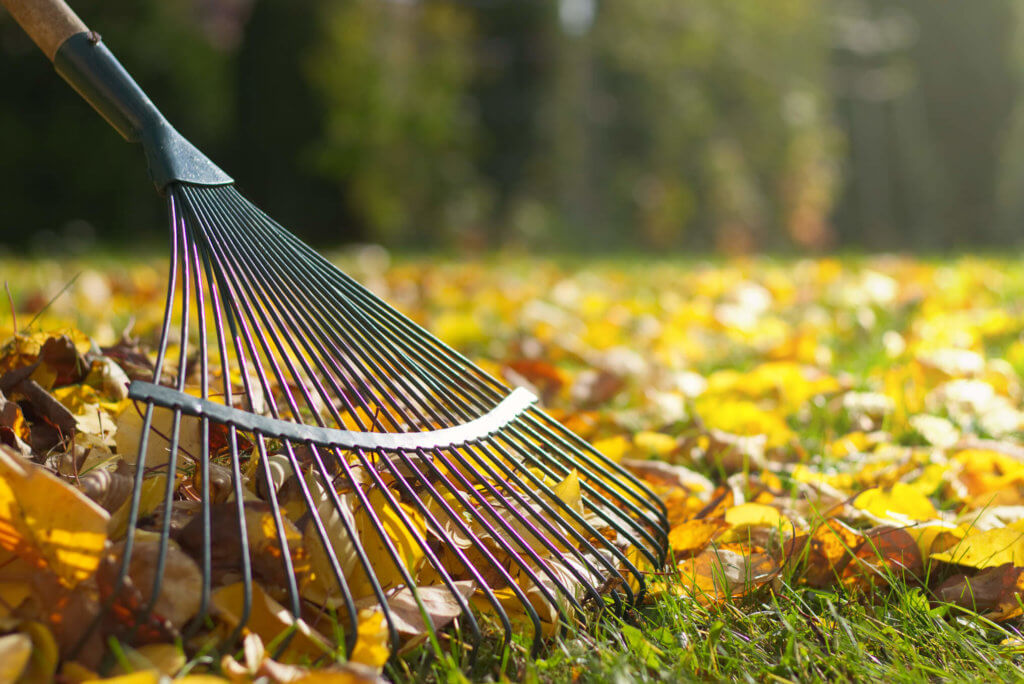Updated December 9, 2019
Finding the perfect new home for your family is an exciting feeling – but if you’re new to home ownership, the thought of prepping your house for winter might just give you the chills. Don’t worry. As part of the Taylor Morrison difference, we’re here to guide you every step of the way.
In this post, we’ll cover all the major projects you’ll need to tackle to prepare your house for the cold ahead. Together, we’ll keep your Taylor Morrison home looking great for years to come!
- Don’t forget to consult our new Home Care Highlights series to learn helpful tips for protecting and preserving your home.
Lower Your Heating Bill
Just the slightest draft in your home can make a big difference in your utility bill. Weather stripping and caulking around windows and doors will fail over time. Move your hand around the edges of each window and exterior door to feel for cold air entering the home.
It’s also a good time to replace the filters in your furnace to improve efficiency. If you can’t remember the last time your furnace was inspected and serviced, have this done by an HVAC professional.
If your home is equipped with ceiling fans, flip the switch to put them in reverse. When your fan turns in the opposite direction it creates an updraft that pushes hot air back down to the bottom of the room. This one step can increase the temperature of your home 1 or 2 full degrees.
- Pro Tip: If your home isn’t equipped with an on-demand tankless water heater, consider insulating the tank to decrease the amount of energy it requires to keep warm. Be sure to consult your owner’s manual first as some water heaters are pre-insulated and should not have additional insulation added.
Protect Your Pipes
Insulating pipes is inexpensive and easy to do. If you own Denver real estate or live in a climate where the temperature routinely drops below freezing, this simple DIY project can save you big bucks by preventing burst pipes.
You’ll also want to unscrew any garden hoses and drain your irrigation system if you have one.
Screen Air Intakes and Vents
As the mercury drops, animals and critters start looking for a safe and warm place to hide. Take a walk around your home to check that all air intakes and vents are properly screened to prevent unwanted invaders from making their way in. This is also a good time to remove and clean these screens to ensure proper airflow.
If your home features an attic, open and clean the louvers and vents.
Clean Debris from Gutters and Downspouts
In most parts of the country, the winter months mean additional rainfall. If your gutters are filled with autumn leaves, you could wind up with a real problem when downspouts clog and the gutters overflow.
While you’re up there, check the roof for any loose shingles or other damage.
If you don’t feel comfortable on the roof or on a ladder, gutter cleaning services are very affordable.
Stay Safe: Check Batteries in Smoke Detectors & Carbon Monoxide Detectors
These important safety devices are especially important during the winter months when your furnace and fireplace are used extensively.
While you’re at it, check the date on your fire extinguisher.
Improve Lighting
Some homeowners like to remove their window screens during the winter months and store them in the garage to increase the amount of natural light that enters the home. This task isn’t required but can certainly make a difference in areas with more extreme winter weather and less sunshine.
Break Down the Patio
Keep your barbecue and patio furniture looking new for next spring by bringing it in from the deck and storing it in the garage over winter. If you don’t have space, covering these items with a quality tarp can protect your patio setup through the cold and snow.
Prepping Your Garden and Landscaping
Part of keeping your flowers, shrubs and trees looking great in the spring and summer is providing them the support they need to weather the winter cold. Here are a handful of helpful hints to give your plants a boost before the frost rolls in.
- Clean up dead and rotting plants: Finished plants left to decompose on the surface can breed unwanted disease, fungus and insects. Till your beds or bury spent plants in a garden trench to add organic nutrients to your soil while preventing pests.
- Pull invasive weeds and dispose of them: Some weeds remain viable even if you pull and compost them. Remove your most troublesome weeds now so they won’t be around to drop seeds and return in the spring.
- Mulch your beds: Adding mulch in the winter is a great way to regulate soil temperature and protect your plants’ roots from freezing.
- Prepare for spring: If you’re a gardening fanatic and run out of things to do in your garden, clean, sharpen and repair your tools so you’ll be ready to roll when the sunshine returns.
If you live in Illinois, your new Chicago area home could see a lot of snow this winter. It’s a good idea to prune your trees to prevent too much snow from collecting and snapping the limbs. In every market, trees and shrubs should have dead, diseased or weak branches removed at the start of winter.
Catch up on Little Projects
Once your house is all prepped and ready to go, you might find yourself with a lot of extra free time on particularly wintery days. Make a checklist of small maintenance projects around the house to keep yourself busy. Here are a few ideas:
- Oil squeaky hinges
- Tighten drawer pulls, handrails and doorknobs
- Clean out tub and sink drains
- Re-caulk tubs and vanities
- Organize your garage
Additional Helpful Information
- 7 Home Cleaning & Maintenance Tips to Simplify Your Life
- New Year’s Home Maintenance Checklist
- A Stitch in Time: Super Smart Fall Home Maintenance Tips
- Your Summer Home Maintenance Checklist
- Spring Forward with A Home Maintenance Checklist
- Tips & Tricks to Prepare Your Home for The Holidays
- Decorate Your Home to Welcome Fall









